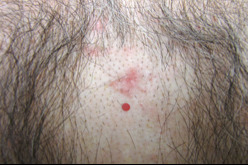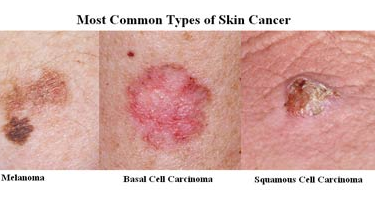
There are two basic types of medications for basal cell carcinoma: systemic drugs and topical drugs. Systemic drugs are used for patients with more advanced cancers. Topical medications are generally less expensive and can be taken by the affected area. The most effective treatment options are the first two, because they work by affecting the cells’ growth. In addition, they can reduce the risks associated with the disease. A low-risk form of basal cell cancer may only require topical treatment.
Surgical treatments for basal cell carcinomas are also available. Surgery can be a viable option if the tumor is detected in an early stage. But if the tumor is found at an advanced stage, it may not respond to surgery. In such cases, alternative therapies are recommended. Electrodessication, for example, involves scraping the cancer with a tool called a "curet" and searing the base of the growth with a needle. These procedures are best suited for small or locally-confined basal cell carcinomas. Radiotherapy is another option for large or multiple locations, and uses high-energy beams to destroy the cancer cells.
Chemotherapy for basal cell cancer is a good option for patients with high-risk tumors. Combined with radiation therapy, it may shrink the cancerous growth. Other therapies for basal cell carcinoma include immunotherapy, which works with the body’s immune system to destroy cancer cells. If you have a high-risk tumor, you may choose to undergo cosmetic surgery. Some doctors also use skin grafts to treat larger lesions.
The most effective treatment for basal cell cancer is surgery. However, in some cases, this is not possible or desirable. The best treatment for basal cell carcinoma is a combination of different therapies. The most common method is chemotherapy. In this type, the treatment aims to destroy cancer cells while sparing healthy tissues. If you are not able to have surgery, alternative therapies include electrossication and curettage. The C and E procedure involves scraping the skin cancer with a special tool called a "curet" and sear the base with an electric needle.
Aside from surgery, basal cell cancers can also be treated using alternative treatments. Some patients are unable or unwilling to have surgery. A C and E procedure involves scraping the cancer with an instrument called a "curet." An electrodessicator, or C&E, may be used to treat a small basal cell tumor. An MRI can also be used to remove the tumor. These methods are not as effective as surgery.

Surgery is the main treatment for stage 1 basal cell carcinoma. The tumor is usually removed surgically or scraped off with a "curette" and electrodesiccation. Other treatments for basal cell carcinoma include radiation therapy. This method uses high-energy beams to kill cancer cells. The disadvantage of this method is that it is ineffective in the treatment of basal cell tumors of the first stage. If the tumor is too large to be surgically removed, it can be reimplanted, resulting in permanent scarring.
In most cases, basal cell carcinoma is treated with surgery. If the tumor is small, it may not need surgery and can be removed with a suture. If the tumor is larger, the doctor may recommend other treatments. The most common treatment for basal cell carcinoma is surgery. Some drugs, such as cimetidine, inhibit DNA synthesis. Imichimod also activates cytotoxic T cells, which kill virus-infected cells.
Most stage 1 basal cell carcinomas can be treated with surgery. The tumor is removed with a chopper or knife. Cancer is removed by cutting it out. Surgery has the advantage of minimizing the amount of scarring, but it will also leave some scarring. For patients with large tumors, cosmetic surgery or skin grafting may be required. It is best to discuss any risks and benefits of these treatments with your doctor before undergoing any treatment.
In some cases, patients may choose alternative treatments. These treatments may be effective in slowing the progression of basal cell carcinoma. In addition to surgery, alternative therapies can be used to treat the disease, which are described on the website Raja Changer. In some cases, alternative treatments may be more effective than surgery. Some people may prefer a non-surgical treatment option. The goal of cosmetic surgery is to minimize the appearance of the affected area. The surgeon cuts off the tumor and leaves scars on the skin.